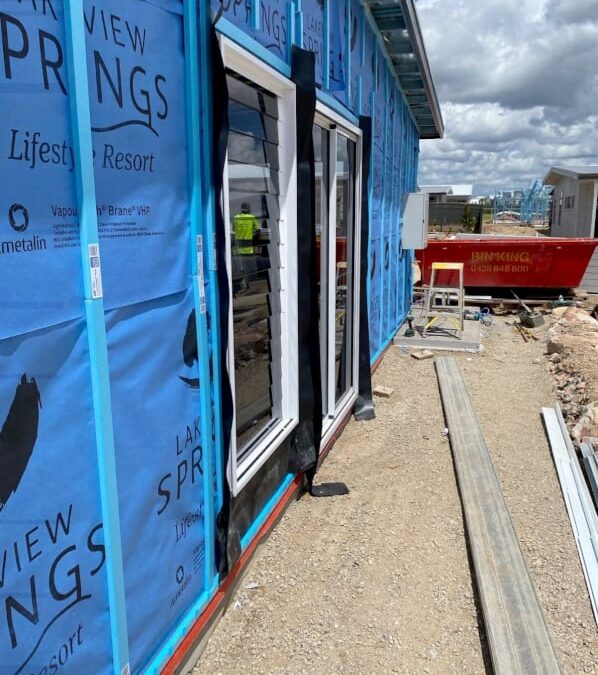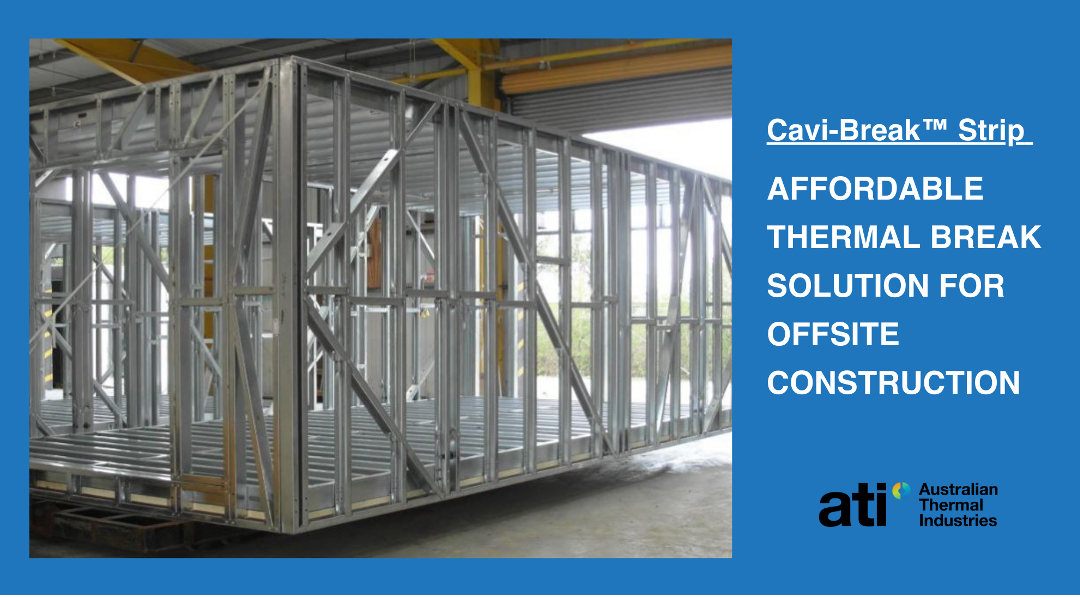Thermal breaks are a critical component in modern construction, playing a pivotal role in enhancing a building’s energy efficiency. These materials are strategically placed within construction elements like windows, doors, and wall systems to minimise thermal bridging, the process where heat bypasses insulation through more conductive materials.
XPS: The Optimal Material for Thermal Breaks
While several materials are used for thermal breaks, extruded polystyrene (XPS) stands out for its exceptional properties:
- High Insulation Value: XPS has excellent thermal resistance, making it highly effective in preventing heat transfer.
- Moisture Resistance: Unlike other insulating materials, XPS is highly resistant to water absorption, maintaining its insulating properties even in damp conditions.
- Durability: XPS is known for its strength and long-term stability, making it a reliable choice for thermal breaks.
- Eco-Friendly Options: Recent advancements in XPS production have led to more environmentally friendly options, making it a sustainable choice.
The Advantages of Self-Adhesive XPS Thermal Break Strips
Self-adhesive XPS thermal break strips combine the superior insulation properties of XPS with the convenience of self-adhesive application.
- Ease of Installation: The self-adhesive backing simplifies the installation process, significantly reducing labour time and costs.
- Versatility: These strips can be easily customised to fit various shapes and surfaces, making them ideal for a range of applications.
- Consistent Performance: XPS provides a continuous insulating layer, effectively reducing thermal bridging and enhancing energy efficiency.
- Adaptability: XPS strips can adapt to thermal expansion and contraction, maintaining their effectiveness across different temperatures and conditions.
Why XPS is the Best Material for Self-Adhesive Thermal Break Strips
When considering materials for self-adhesive thermal break strips, XPS stands out for its combination of thermal efficiency, durability, and moisture resistance. This makes it particularly suitable for buildings in diverse climates and conditions. The key features that make XPS the best choice include:
- Superior Insulation: Essential for minimising heat loss or gain.
- Resistance to Water and Moisture: Ensures longevity and consistent performance in various environments.
- Structural Integrity: Maintains its shape and effectiveness over time, even under mechanical stress.
- Environmentally Sustainable Options: Modern XPS materials are being produced with a lower environmental impact, aligning with green building practices.
XPS is an excellent material for thermal breaks, particularly in the form of self-adhesive thermal break strips. Its high insulating value, moisture resistance, and longevity make it an excellent choice for improving building energy efficiency. Builders and architects can drastically reduce thermal bridging by including XPS thermal break strips in construction, resulting in more sustainable, efficient, and comfortable structures. As the building industry moves towards more environmentally responsible methods, XPS stands out as a material that meets these objectives while still delivering great performance. XPS is appropriate for a wide range of construction applications due to its superior compressive strength and energy efficiency benefits. Its adaptability enables simple installation and compatibility with a wide range of construction systems. XPS is a cost-effective choice for sustainable building design due to its extended lifespan and low maintenance requirements.
For more information on our Cavi-Break™ Strips, reach out to the customer service team at ATI via email at sales@australianthermal.com.au or 1300 430 949.



